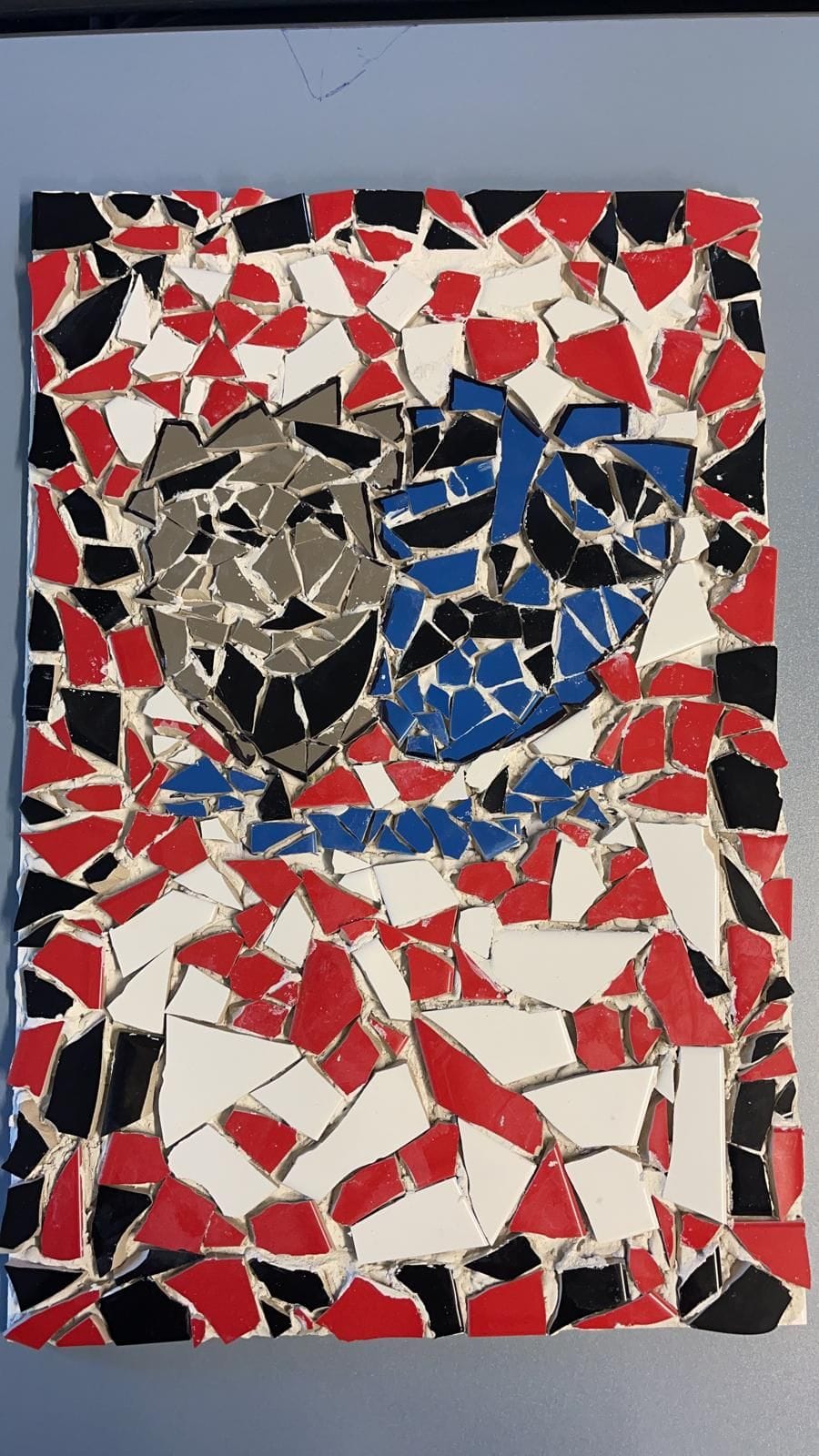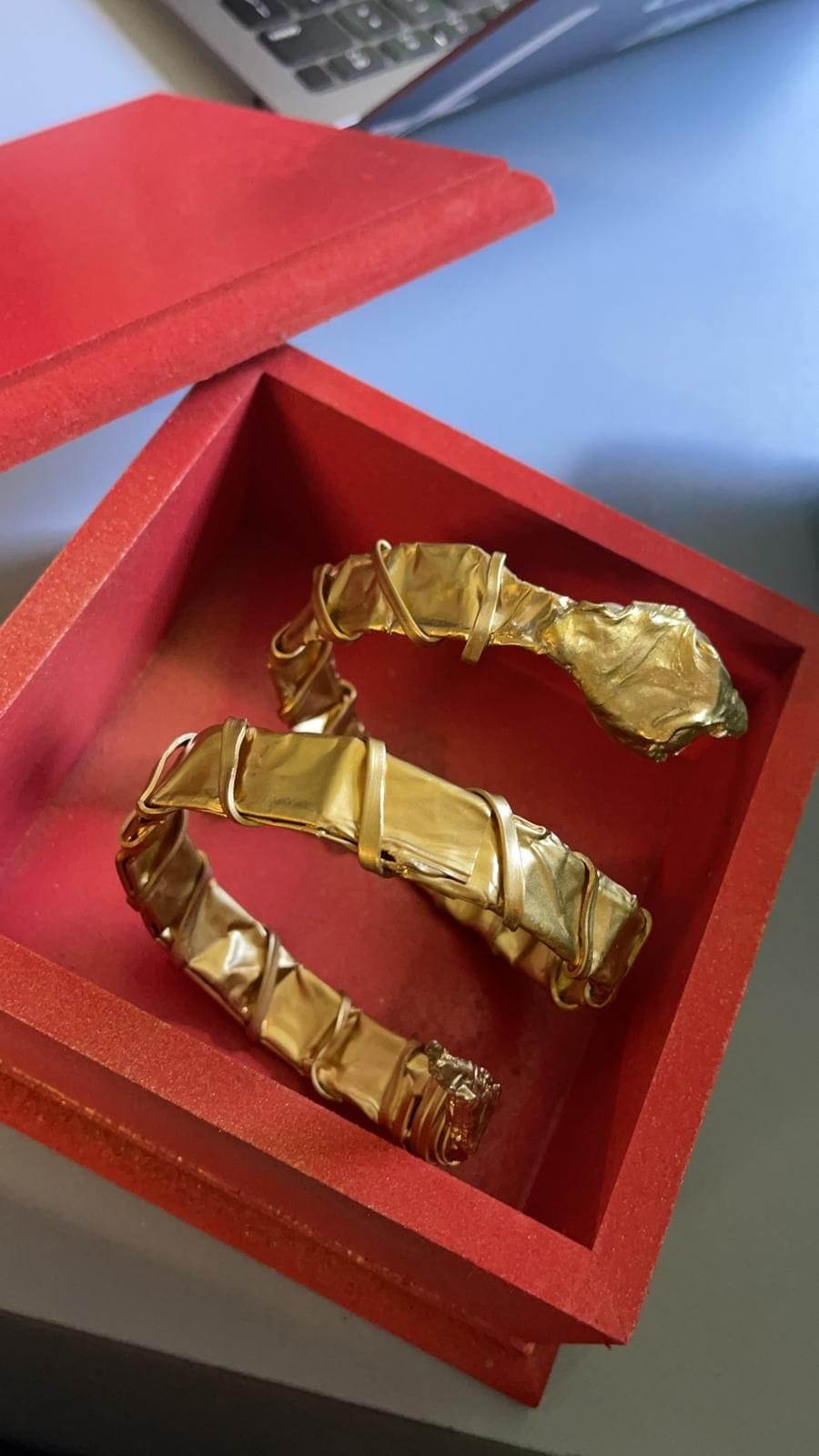
Year 8 studied interconnections in which they looked at the various connections people have to other people and places and how their perceptions can be changed through personal experiences. Students also looked at cultural diffusion and adaptation specifically studying how various cultures came together in one community, they went on to look at how religion can impact their connection to a place.
Year 9 went into depth with changing places. We looked at urbanisation and the major reason people move from rural to urban areas. Students were particularly interested to learn about megacities and the reasons behind the differences between each one. Students learnt to read and interpret population graphs of different countries, specifically comparing Australia's and USA's.Year 10 studied Human wellbeing, looking at MEDC's and LEDC's and the characteristic that differentiate the two. Students studied indigenous wellbeing in Australia, and they compared it to non-indigenous wellbeing and the reasons behind the discrepancy between the two.
Year 12 Ancient History have been studying the cities of Vesuvius: Pompeii and Herculaneum. We looked at the eruption of AD79 and the effects of it. We looked at the various archaeological, written and epigraphic evidence that was left behind in the layers of pumice and ash that revealed information about the lives of people prior to the eruption including their everyday life and status in society. We continued to look at the ethical issues in displaying human remains and the impacts of tourism on what is left behind in the cities. Their assessment task was to research one part of everyday life and present on it as well as make a model to represent that part. Attached to this article are the models students created which include a domus house, snake bracelet and a mosaic representing theatrical performances.



| Tags:Geography SecondaryHistory - Secondary |
with news & important announcements!
2089 – 2109 Elizabeth Drive,
Cecil Park NSW 2178
Mon – Fri: 8:00am – 4:00pm